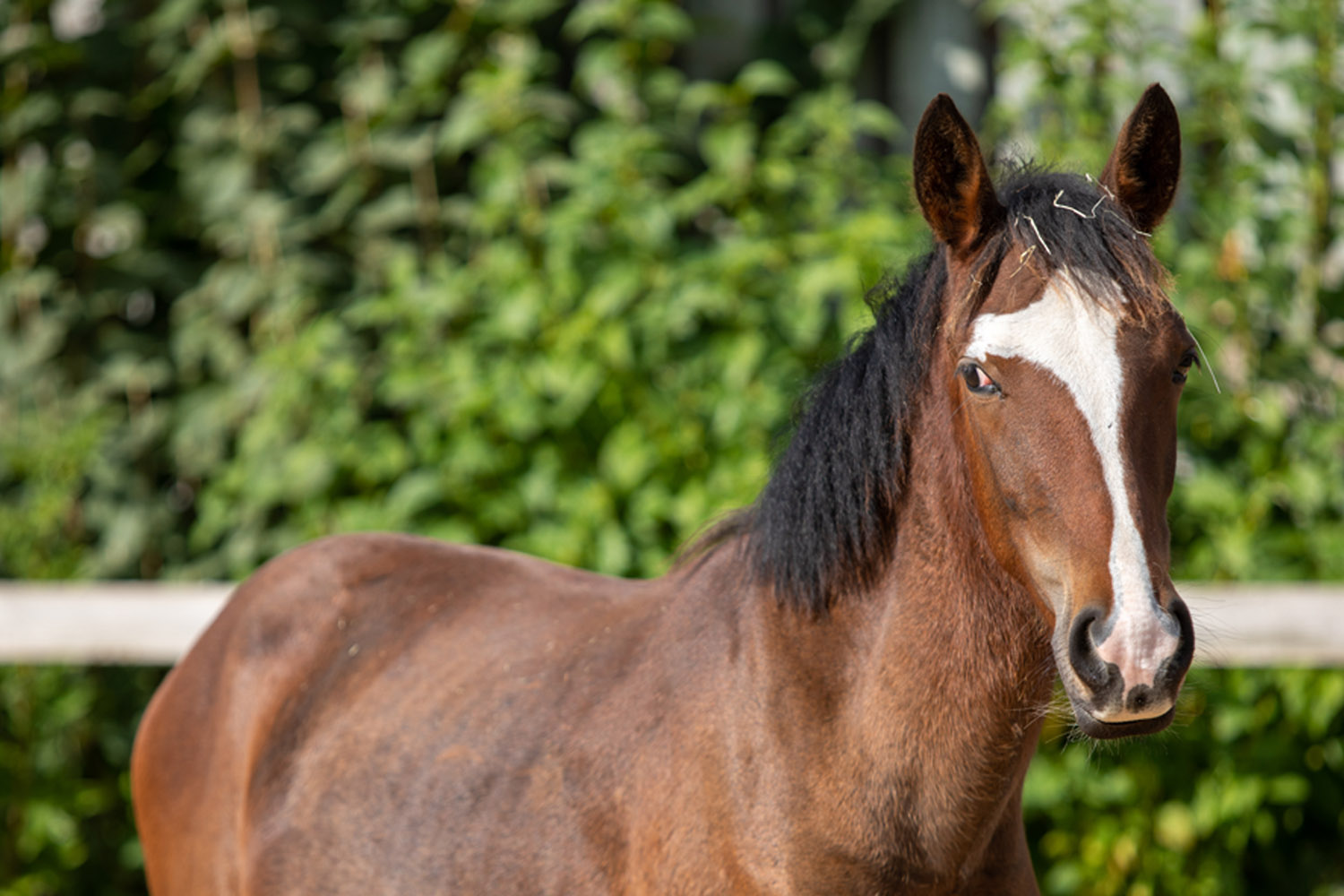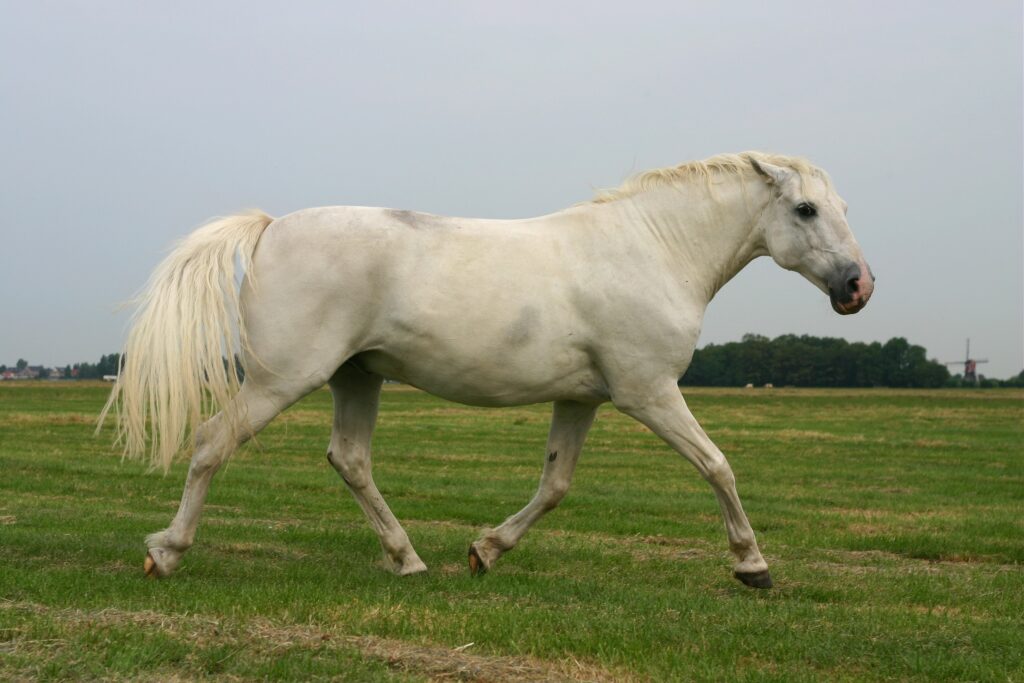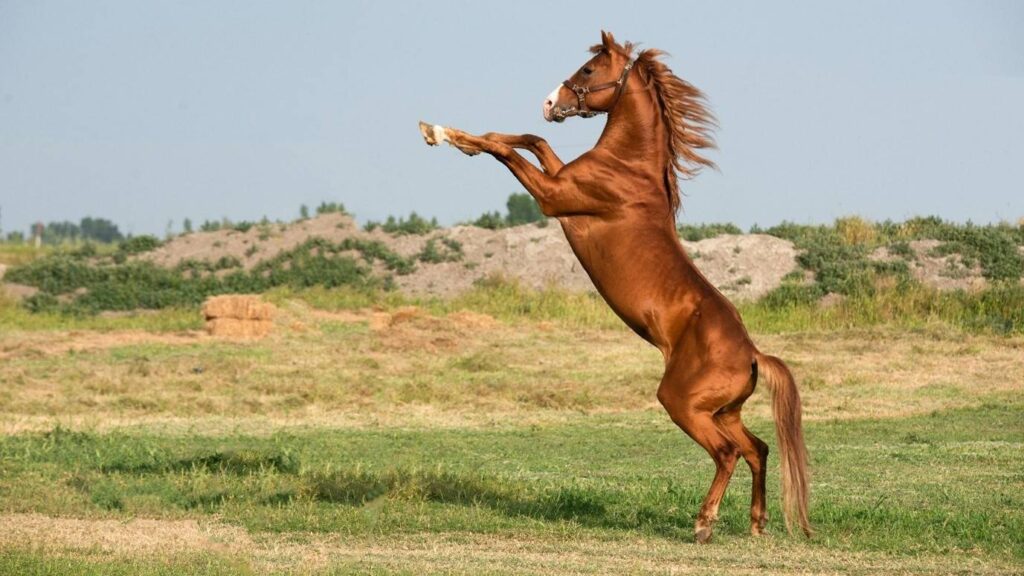The importance of fiber in horse diet cannot be overstated. Horses are grazing animals by nature, designed to consume substantial quantities of fiber-rich foods every day. This plays a crucial role in their digestive health, overall well-being, and performance. Understanding these elements can help horse owners and enthusiasts make informed decisions about feeding their equine companions.
In this article, we will delve into the many facets of fiber in a horse’s diet, exploring its benefits, sources, and how to incorporate it effectively. This information is vital for anyone looking to ensure that their horse remains healthy and happy.

Why is Fiber Essential for Horses?
Fiber is crucial for horses primarily because their digestive systems are specifically adapted to process it. Unlike other animals, horses rely on fiber to maintain the balance and function of their gut. The specific structure of their digestive system requires continuous intake of fiber to efficiently break down and absorb nutrients.
The Digestive System of Horses
The horse’s digestive system consists mainly of the stomach, small intestine, and hindgut, which includes the cecum and colon. The hindgut is especially important for fiber digestion, hosting a vast array of microbes that help break down fibrous material.
Stomach and Small Intestine Function
As food initially enters the stomach, the digestion of sugars and starches begins. However, most fibrous breakdown occurs in the small intestine, where digestive enzymes are secreted to aid in the process.
Hindgut Fermentation
The hindgut is where the majority of fiber fermentation takes place. Here, microorganisms digest the fiber, releasing vital nutrients that the horse then absorbs. This process not only sustains energy levels but also keeps the digestive tract in good health.
Benefits of Fiber in Horse Diet
Promotes Healthy Digestion
Fiber plays a pivotal role in maintaining a healthy digestive system by promoting regular bowel movements and preventing issues like colic or gastric ulcers.
Natural Weight Management
With a diet high in fiber, horses can maintain a healthy weight since fiber-rich foods are lower in calories yet still filling, preventing overeating.
Providing Sustained Energy
Horses require energy for various activities, from pasture grazing to competitive sports. Fiber provides a slow release of energy, keeping horses energized throughout the day without sudden spikes or crashes.
Boosting Hydration
Fiber helps improve the absorption of water, ensuring horses stay hydrated, which is particularly crucial during warmer months or intense physical activities. Read more about a proper horse feeding schedule for maintaining hydration.
Sources of Fiber for Horses
Hay and Pasture
Hay and pasture grasses are the most common sources of fiber in a horse’s diet. These fibrous feeds mimic what horses would naturally graze on in the wild.
Types of Hay
There are various types of hay, often categorized into legumes and grasses. Both types provide high-quality nutrition, but the choice depends on the specific needs of your horse.
Beet Pulp
Beet pulp is a highly digestible source of fiber and can be an excellent option for horses that require extra calories and nutrients without large amounts of starch and sugar.
Bran
Both rice bran and wheat bran offer beneficial sources of fiber. However, they should be added cautiously and only as supplementary feeds since their calcium-to-phosphorus ratio needs careful balancing.
Supplementing with Bran
Use bran as an addition rather than the main fiber source in your horses diet, to avoid imbalances. Be sure to seek guidance from nutritional experts when implementing bran into your equine diet.
Implementing Fiber in Horse Diet
Ensuring Balance
Striking the right balance of fiber is essential. Fiber should make up over 50% of a horses daily diet, but adjustment based on specific health needs might be necessary.
Customizing the Diet Plan
A diet plan should be custom-made considering the horse’s age, activity level, and health condition. For example, a lactating mare has different dietary needs than a gelding. Learn more about feeding lactating mares and how their dietary requirements may differ.
Monitoring Diet Changes
Introducing new fiber sources should be gradual to prevent digestive upset. Observing behavior and health changes will help assess how well the diet is working.
Potential Risks of Fiber Deficiency
Digestive Problems
A lack of fiber can lead to various issues, including impaction colic and gastric ulcers.
Weight Issues
Insufficient fiber can cause weight fluctuation, leading either to underweight or overweight conditions, thus affecting overall health and performance.
Conclusion: The Right Approach to Feeding Horses
Ensuring that you prioritize fiber in the horse’s diet is essential for their health and well-being. While adjusting the diet, consulting a veterinarian or equine nutritionist can provide specialized advice tailored to your horse’s unique needs. Learn how diet can impact weight and explore options through resources like the horse feed for weight gain article.

FAQ: Understanding Fiber in Horse Diet
What percentage of a horse’s diet should be fiber?
Ideally, fiber should make up at least 50% to 60% of the horse’s diet to ensure proper digestive health and nutrient absorption.
Can high fiber diets cause any issues?
While fiber is generally beneficial, excessively high in fiber with the wrong balance of other nutrients could lead to nutritional deficiencies or imbalances.
How to transition my horse to a fiber-rich diet?
Transition gradually over 7 to 14 days, monitoring the horse’s digestive response and energy level for any significant changes. You can learn more from micronutrient deficiencies in horses and how to avoid them.
This article contains affiliate links. We may earn a commission at no extra cost to you.







